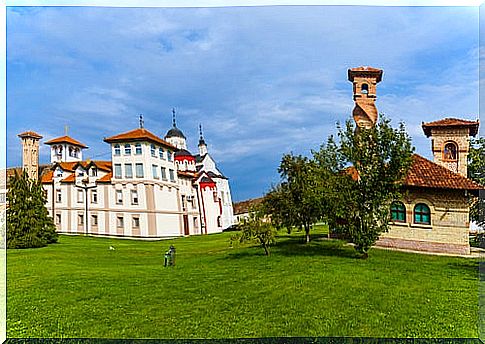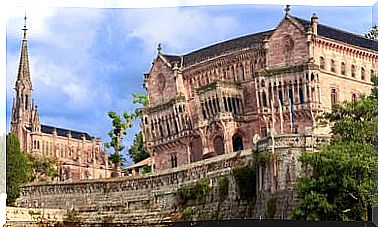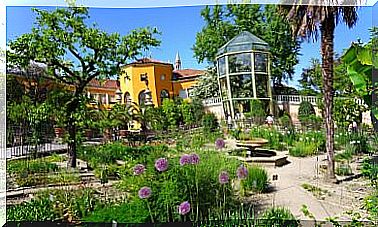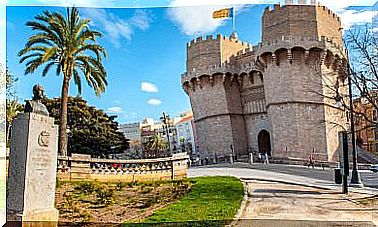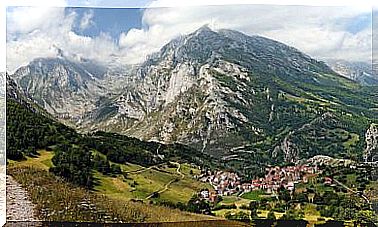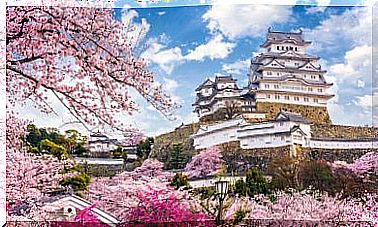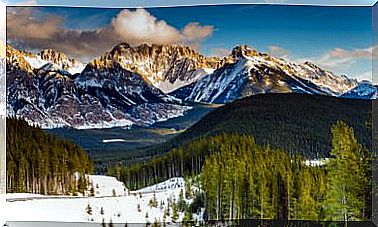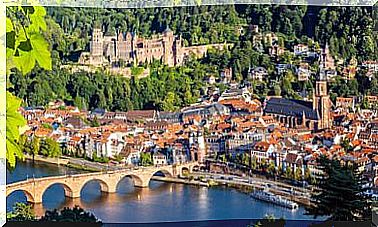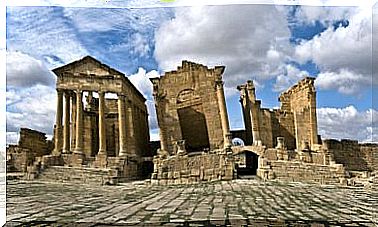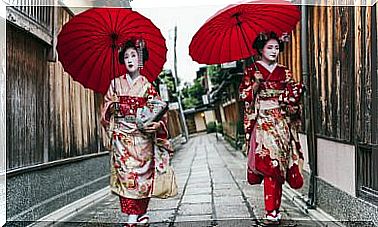We Visit The Fruska Gora Monasteries In Serbia
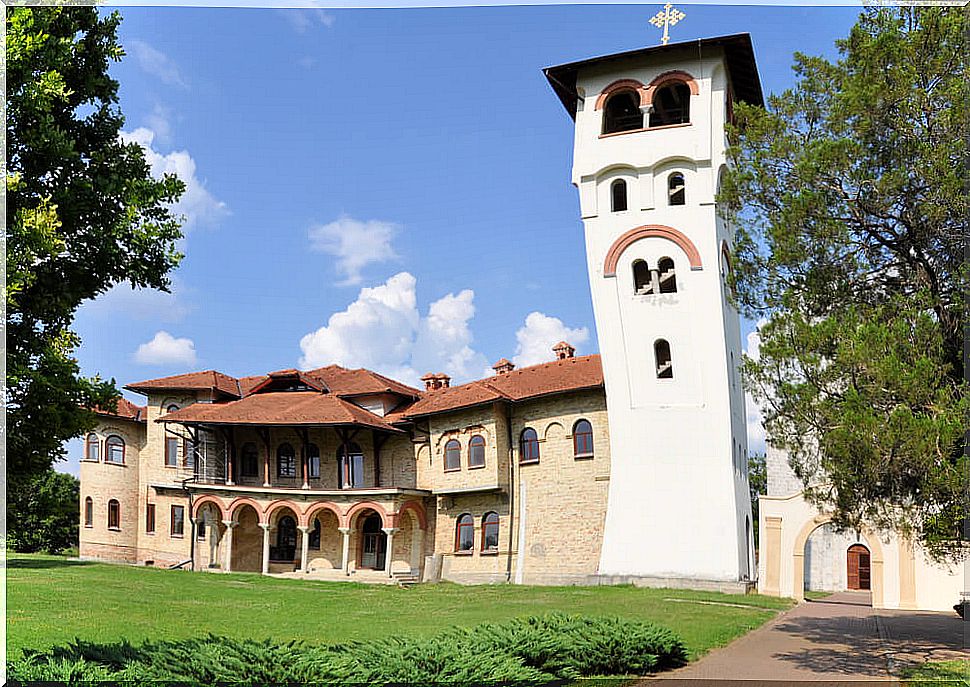
The many Orthodox monasteries of the Fruska Gora National Park were created with the intention of preserving the identity and religion of these Serbian lands. They were built in the 15th century, almost on the border with Croatia. Fruska Gora, the “sacred mountain” as it is known, is characterized by its isolation and difficult access.
Fruska Gora’s jewels
The construction of a chain of monasteries in this territory made it a land of pilgrimage and devotion. There are 16 monasteries that are still standing, of the 36 that were originally built.
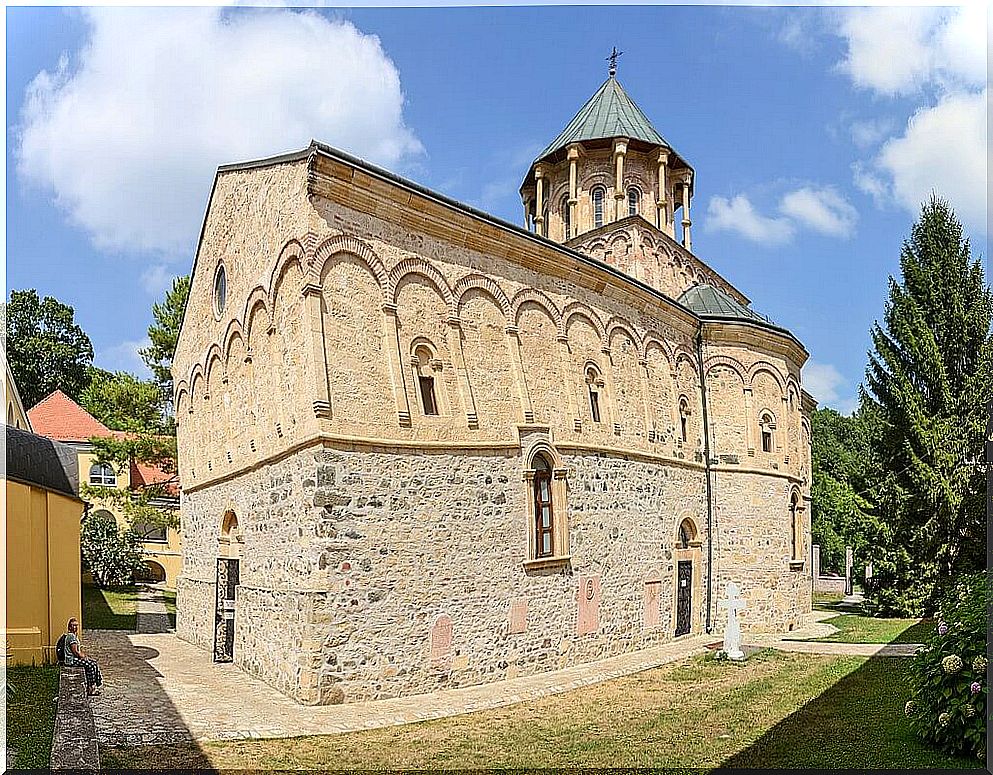
They are located between the lush centuries-old forests and the many vineyards of this mountain. The Fruska Gora monasteries are under Unesco protection and house numerous frescoes, libraries, treasures, and Baroque and Moravian architecture from medieval Serbia.
90 million years ago, Fruska Gora Mountain was an island in the Pannonian Sea. When the sea dried up, the island became the only mountain in the Vojvodina plain.
Its slopes look like reefs where oak, beech and lime forests are hidden. Its highest peak, Crveni Cot rises more than 500 meters above sea level. All of Fruska Gora is full of hidden valleys that made it the perfect place for the construction of monasteries. We are going to go through three of them.
Grgeteg Monastery
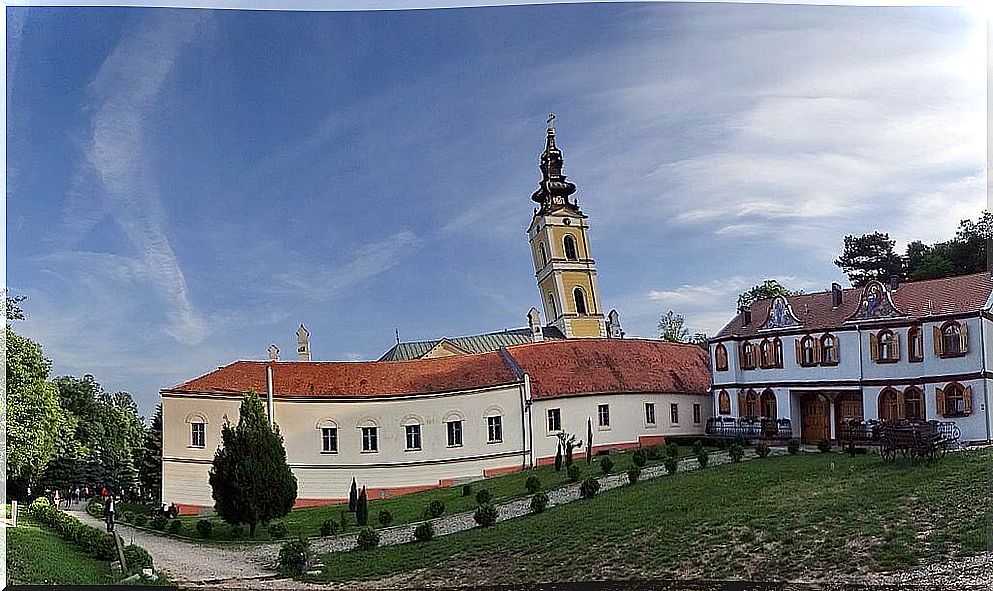
It is one of the most important Fruska monasteries. It was built after the fall of the state of Serbia, in 1459, by the despot Vuk Branković . During the Austro-Turkish war it was burned down, and shortly after it was abandoned. In 1770 it was rebuilt on the ruins of the previous one and is dedicated to Saint Nicholas.
In this monastery, the most important thing is the authentic copy of the icon of the wonder of the Chilandari monastery. It is known as the icon of the “Three Hands of the Virgin Mary.”
The story goes that the Caliph of Damascus was informed that the monk John was committing acts of treason against him. The caliph gave orders to cut off the monk’s hand and take him to market. The monk begged the virgin to heal his severed hand. Shortly after, he saw her in his dream, promising him a quick cure.
Upon awakening from his dream, the monk Juan saw that his hand was unharmed. In gratitude for this healing, the monk placed on the icon a hand made of silver, for which it received its name: “of the three hands.”
Novo Hopovo Monastery
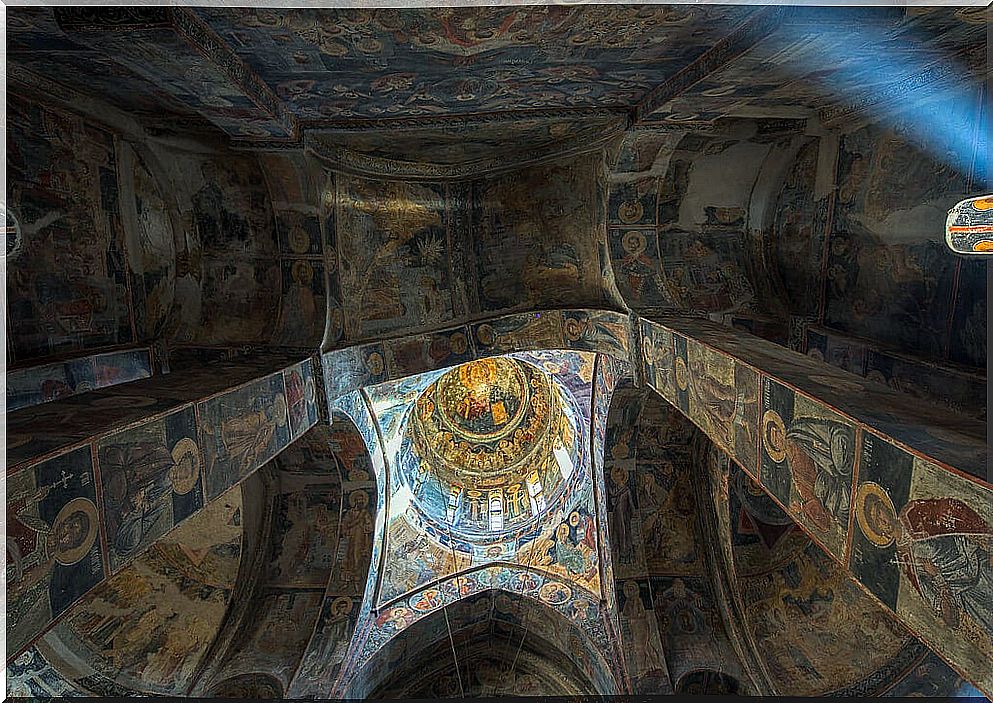
It is one of the largest monasteries in Fruska Gora. It is one of the best preserved and most important Serbian religious structures of its time. Its architecture is a wonderful blend of traditional Moravian style and European and Islamic religious arts.
It preserves some important relics of the saint to whom it is consecrated. Among its jewels are several frescoes. The first, painted in 1608 by an unknown master, is in the central nave of the church. We can also recreate the view with the frescoes in the narthex that were painted 50 years later.
Vrdnik Monastery
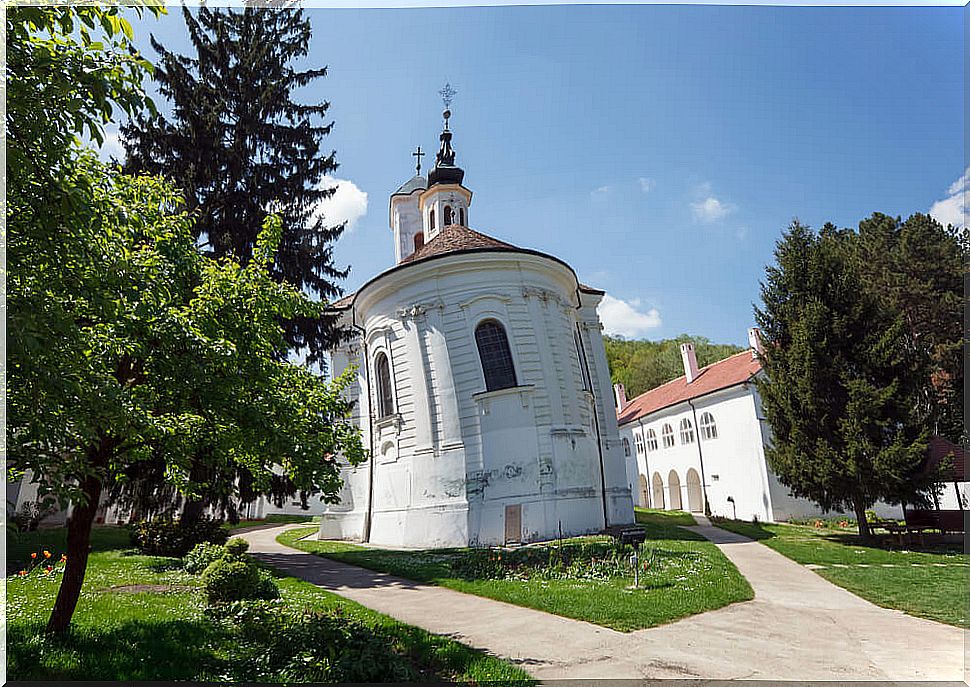
The Vrdnik monastery was established in the 15th century, before the Turkish occupation of Serbia. Although there are no exact data of the time of its foundation. Its history begins with the event after the great migration of the Serbs, at the end of the 17th century.
The original church of the Vrdnik monastery was built of stone and bricks and the roof was made of oak tiles. This church was expanded to house the holy relics of the Holy Prince Lazar, killed in the Battle of Kosovo in 1389.
In this way, he could receive the many pilgrimages that came to pay tribute to him. The church of the Vrdnik monastery is large, with a small classicist-style dome. It also has a spacious and bright interior.
Other Fruska Gora jewels
After a long walk visiting the Fruska Gora monasteries, we recommend visiting one of the sixteen artificial lakes of the magic mountain. There you can swim during the summer, or even fish.
Lake Borkovac is one of the most recommended because it has a water camp with four cabins and a wonderful beach. Enjoy it!
